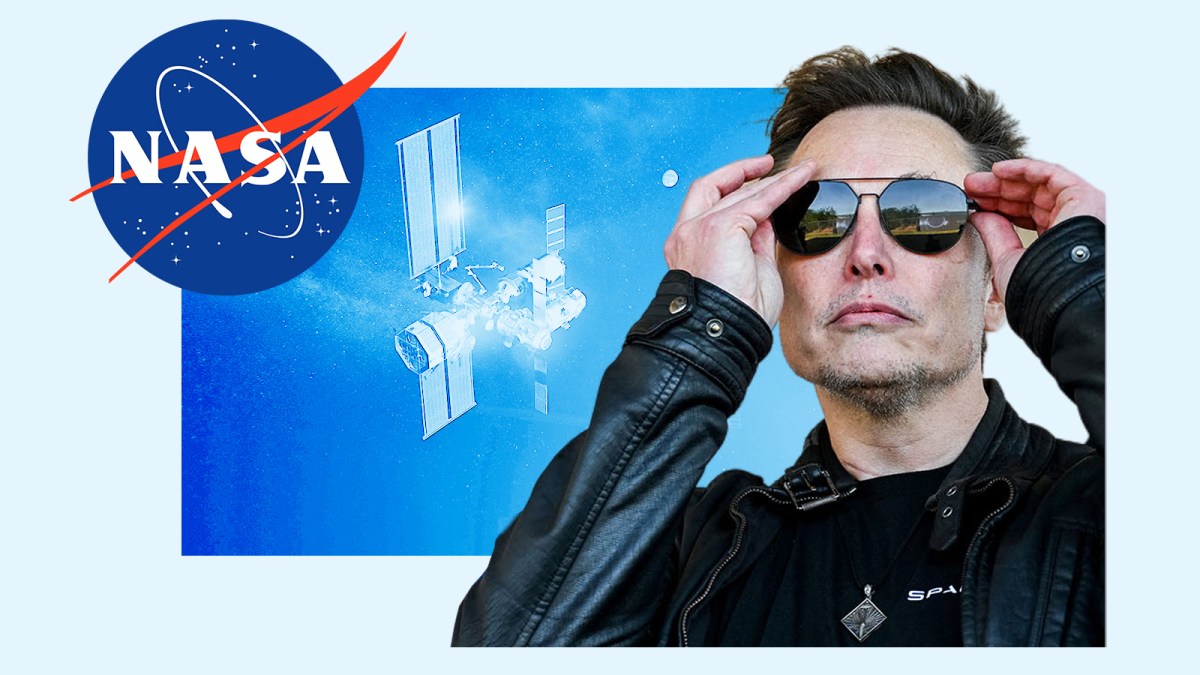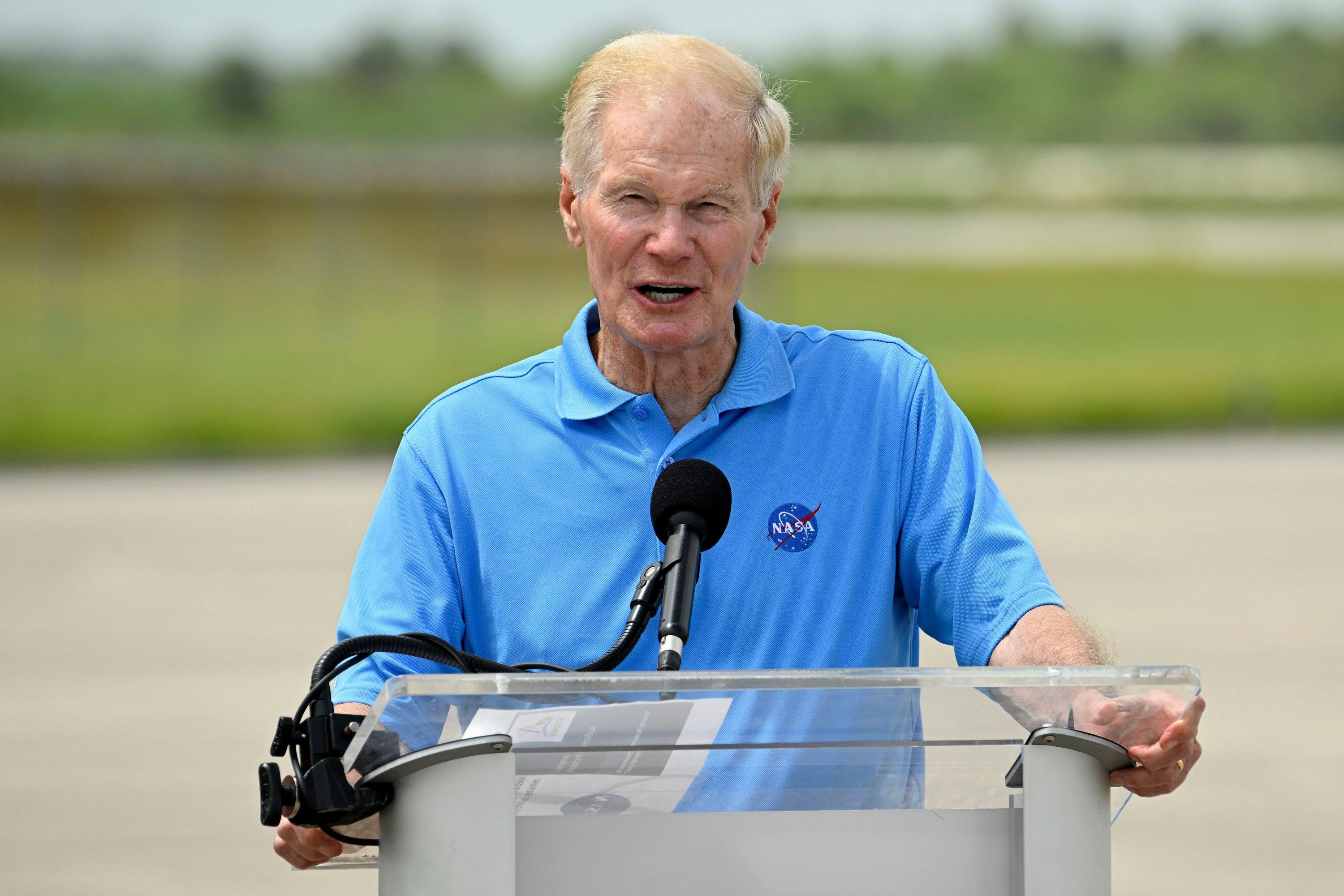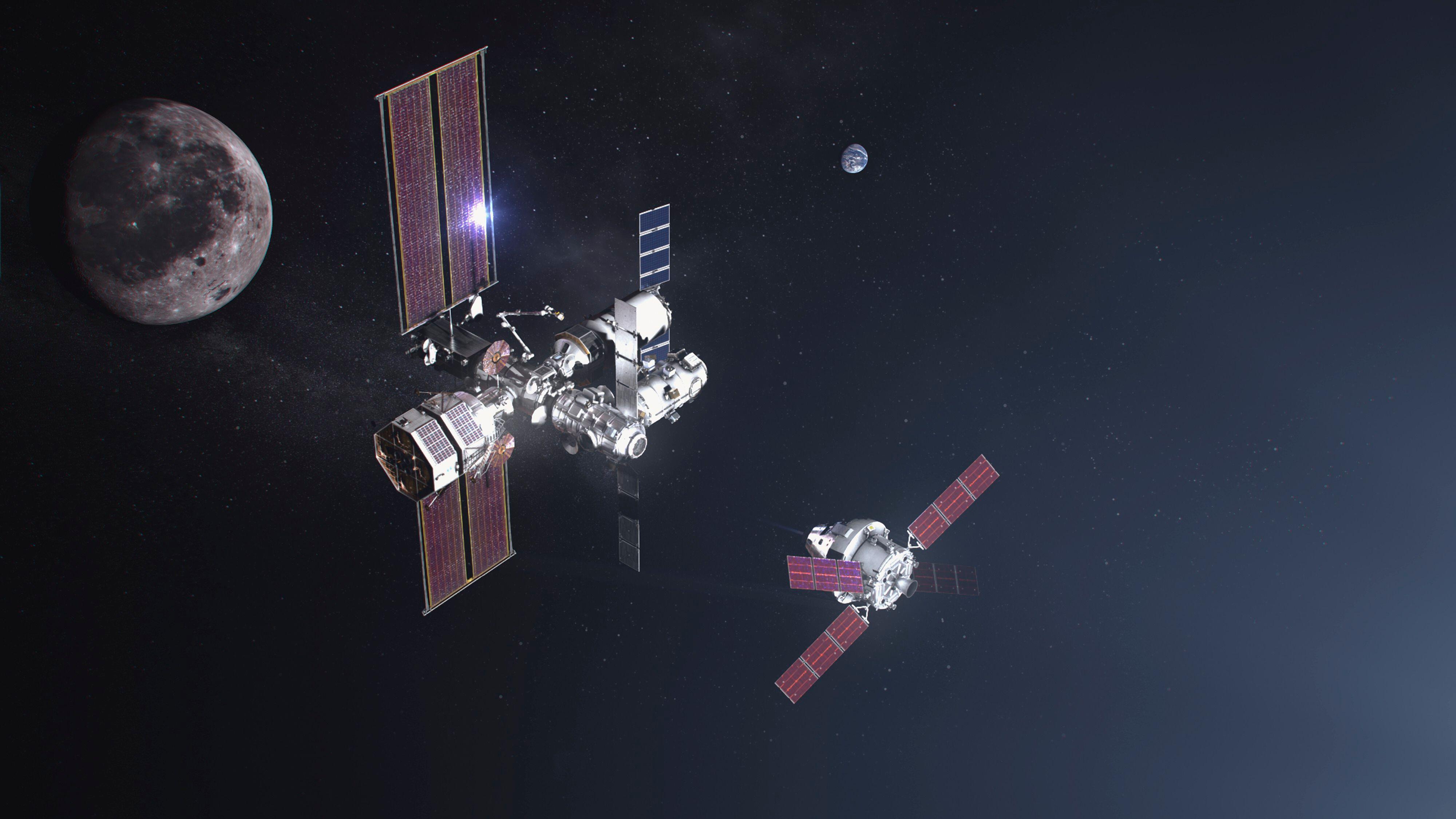It put a man on the moon, sent a rover to Mars and unlocked some of the greatest secrets of the universe. But for all Nasa’s past achievements, team spirit is in the doldrums.
“It’s not a happy time to work at Nasa right now,” said Casey Dreier, chief of space policy for The Planetary Society. “There’s very low morale and a huge amount of uncertainty.”
The agency has been thrust into chaos by President Trump’s proposed budget cuts, his rift with his former ally Elon Musk, and a U-turn on the nomination of Jared Isaacman as Nasa administrator.
It should have been a time for optimism. Nasa is preparing to put humans back on the lunar surface for the first time since 1972 — and this time it was to be no fleeting trip. It was to include moonbases and research stations in which astronauts would live and work, and a permanent space station orbiting the moon called the Lunar Gateway.
That, at least, was the plan.
All of that — and a great deal more — may now be at risk thanks to fallout from the White House.
“Nasa is being savaged,” said Bill Nelson, a former senator and head of Nasa from 2021 until this year. “If they continue on the path that they’re on, it will be a crippled agency.”
Bill Nelson, the former head of Nasa
JOE MARINO/UPI/ALAMY
The impact will be felt worldwide. The European Space Agency (Esa) has key partnerships with Nasa — including an agreement to send European astronauts to the moon and put a British-built rover on Mars. Those deals are in doubt, as is the future of the International Space Station.
The drama began in April, when rumours of a large proposed cut to Nasa’s budget started to circulate. It would be brutal, word had it, halving the science budget and ending many space missions already under way.
Those fears were confirmed last month, when the president’s budget request for Nasa — which must still be debated by Congress before the October 1 deadline — said it would “terminate unaffordable missions”, cut “woke” education programmes and adopt a “more sustainable, cost-effective approach to lunar exploration”. It proposed reducing the overall budget from $24.9 billion to $18.8 billion for next year, the largest cut in its history.
That was compounded by a surprise U-turn late last month when its nomination of Isaacman, a billionaire and close ally of Musk, was revoked. Isaacman is thought to have been collateral damage, a victim of the Trump-Musk fallout, but his criticism of the budget cuts, which he had described as not “optimal” in a Senate hearing, is unlikely to have helped his cause.
Musk’s company, SpaceX, remains integral to Nasa projects, including the planned return to the moon, although at the height of the rift Trump threatened to end his contracts. “The easiest way to save money in our Budget, Billions and Billions of Dollars, is to terminate Elon’s Governmental Subsidies and Contracts,” the president wrote on social media on June 5. He does not seem to have followed through on the threat.
The SpaceX Gateway space station, which faces cancellation, was to orbit the moon permanently
NASA ALAMY
Nevertheless the turmoil has resulted in “a lot of unknowns and chaos”, said sources among the Democratic staff at the House of Representatives committee on science, space and technology. “There would be significant impacts to our leadership in space” if the cuts went ahead, one said. “This would seriously set back the United States for decades.”
Even the flagship Artemis programme, which aims to return humans to the moon for long-term stays, may be significantly slimmed down. The programme, which began in the first Trump presidency, has received bipartisan support, a rarity for the agency’s lunar aspirations. But according to the budget request, the agency’s priorities have shifted to trying to get humans to Mars — abandoning the moon after just one or two landings in 2027 and 2028 — although the particulars of the initiative are yet to be made clear.
Such a move is widely seen as a mistake. As part of Artemis, Nasa has developed a huge new rocket — the Space Launch System (SLS) — to get humans to the moon. Developing it has cost more than $26 billion. Trump wants to ditch it after just two or three more missions — Artemis II, which would take humans around the moon next spring, Artemis III, which would land on the surface in mid-2027, and Artemis IV, another planned lunar landing in late 2028.
The Space Launch System cost more than $26 billion to develop
CRISTOBAL HERRERA-ULASHKEVICH/EPA
Esa is also a partner in Artemis. It built and supplied the European Service Module, a key part of the moon effort that is now in doubt. Once the SLS rocket drops away, the service module, constructed by Airbus in Germany with components from France, Belgium, Denmark, Italy, the Netherlands, Norway, Spain, Sweden and Switzerland, propels the Orion spacecraft in which the crew travels.
Esa was also to help build the Gateway space station, which is also facing cancellation in the budget. In return for Esa’s contribution, three European astronauts were to travel in missions to the Gateway, the first of which was to take place as early as 2028, with hopes that at least one would land on the surface.
But those missions are in doubt. Esa had already contracted Airbus to build the first three service modules at a total cost of €840 million (£716 million). It has also awarded a further €650 million to Airbus to build the next three, which may now go unused. The UK itself has invested £217 million in Artemis and other human and robotic space programmes with Esa.
Daniel Neuenschwander, Esa’s director of human and robotic exploration, said if Nasa decided not to proceed with Artemis and Gateway, “we will have to sit down and in good faith negotiate” the cessation of the agreement. He said the situation was forcing Europe to rethink its partnerships. “We want to work on reducing the risks of the projects where we are dependent on US decisions. We want to increase the projects which are done in autonomy, where we are the masters of the decisions we take.”
Daniel Neuenschwander
TIMES PHOTOGRAPHER JAMES GLOSSOP
Neuenschwander said that Esa might seek other partners, pointing to agreements signed with Japan and India on robotic and human spaceflight projects, and did not rule out working more closely with China. “I do not exclude any scenario,” he said.
Experts stressed that the full Artemis programme was not dead in the water. Key players in Congress including the Republican senator Ted Cruz are trying to reverse the cuts. “There is strong support for Artemis,” said Laura Forczyk, founder of the US space consulting firm Astralytical. “We don’t know how that’s going to pan out.”
The future of the International Space Station (ISS) is also in some doubt. The station is intended to be decommissioned and deorbited by the end of 2030 in favour of developing commercial space stations, but Musk has called for it to end sooner. That could put the flight of the UK astronaut Rosemary Coogan in doubt. She is earmarked to go to the ISS before 2030, following in the footsteps of Tim Peake in 2015. Neuenschwander insisted Esa still intended that flight to happen.
Even the New Horizons spacecraft — which was launched nearly 20 years ago and is making its way out of the solar system, having already flown past Pluto — faces termination. Alan Stern, a former associate administrator of Nasa who leads the mission, said: “When you turn these spacecraft off, you can’t turn them back on.”
Isaacman told the All-In Podcast this month that it was a “real bummer” that his nomination to lead Nasa had been revoked. “Nasa’s funded to do the near impossible that no one else can do,” he said. A new administrator is not expected to be appointed for at least six months.
Nasa declined to comment on the overall budget situation. However, speaking at a Nasa staff meeting last week, its acting administrator, Janet Petro, said: “Let’s try to look at this in a positive way. The Nasa brand is really strong still, and we have a lot of exciting missions ahead of us.”
But Forczyk said the outcome of a slashed budget could cause “irreversible damage” to US space efforts. “It’s hurting our reputation,” she said. “I would not be at all surprised to see coalitions forming outside the United States because Nasa is not a reliable partner. It really is a dire situation.”
Additional reporting: Ben Spencer




